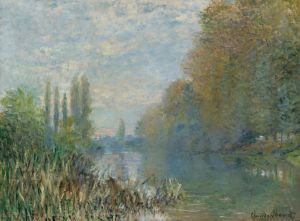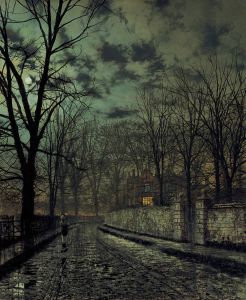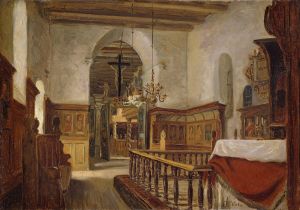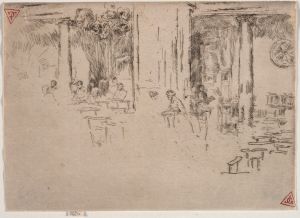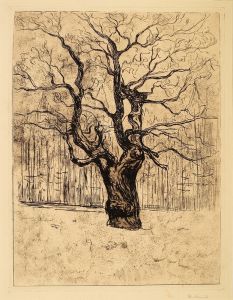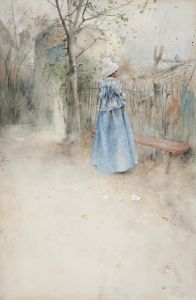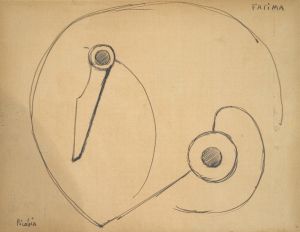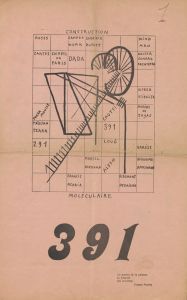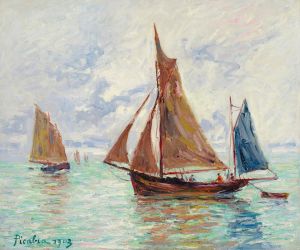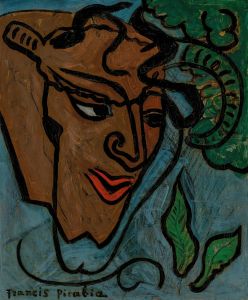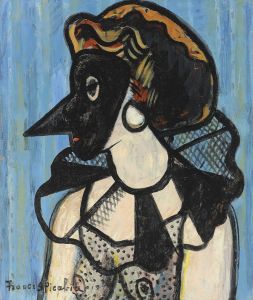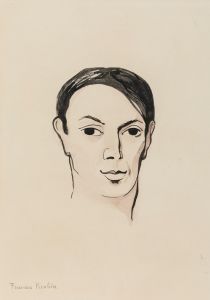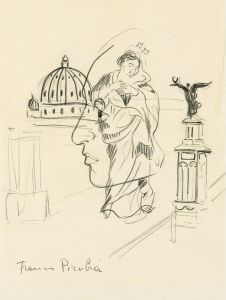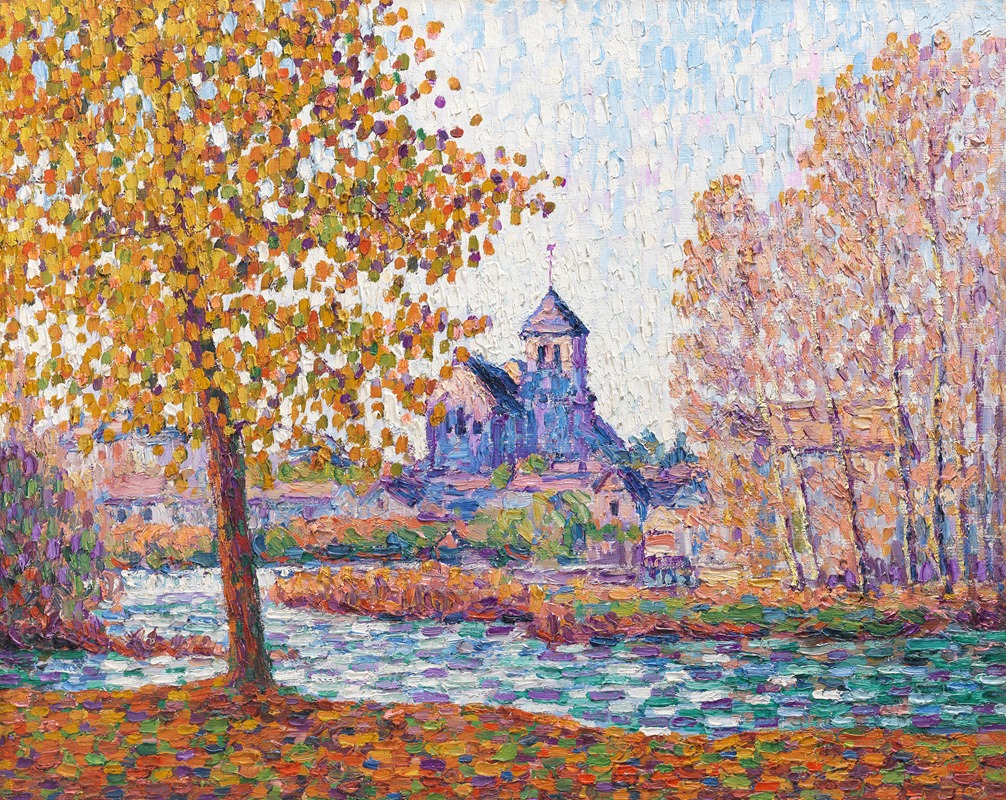
L’église de Montigny, effet d’automne
A hand-painted replica of Francis Picabia’s masterpiece L’église de Montigny, effet d’automne, meticulously crafted by professional artists to capture the true essence of the original. Each piece is created with museum-quality canvas and rare mineral pigments, carefully painted by experienced artists with delicate brushstrokes and rich, layered colors to perfectly recreate the texture of the original artwork. Unlike machine-printed reproductions, this hand-painted version brings the painting to life, infused with the artist’s emotions and skill in every stroke. Whether for personal collection or home decoration, it instantly elevates the artistic atmosphere of any space.
Francis Picabia's painting "L’église de Montigny, effet d’automne" is a notable work from the early 20th century, reflecting the artist's exploration of Impressionism and his transition towards more avant-garde styles. Picabia, born in 1879 in Paris, was a French avant-garde painter, poet, and typographist, known for his diverse artistic styles and his involvement in various art movements, including Impressionism, Cubism, Dada, and Surrealism.
"L’église de Montigny, effet d’automne" was created during a period when Picabia was deeply influenced by Impressionism, a movement characterized by its focus on light, color, and everyday subjects. This painting captures the essence of an autumn scene, depicting a church in Montigny with the vibrant and warm hues typical of the season. The use of color and light in this painting exemplifies Picabia's skill in capturing the transient effects of natural light, a hallmark of Impressionist art.
Picabia's early works, including this painting, often featured landscapes and architectural elements, showcasing his interest in capturing the atmospheric conditions and the interplay of light and shadow. The church in Montigny, as depicted in this painting, serves as a focal point, surrounded by the rich autumnal foliage that enhances the overall warmth and depth of the composition.
During the time "L’église de Montigny, effet d’automne" was painted, Picabia was still developing his artistic voice. His work from this period reflects a strong influence from artists like Claude Monet and Alfred Sisley, who were pioneers of the Impressionist movement. However, Picabia's approach was unique in its bold use of color and dynamic brushwork, setting his work apart from his contemporaries.
As Picabia's career progressed, he became increasingly involved in the avant-garde art scene, eventually moving away from Impressionism. He became a key figure in the Dada movement, known for its anti-establishment ethos and embrace of absurdity and chance. Despite this shift, his early works, including "L’église de Montigny, effet d’automne," remain significant for their technical proficiency and their role in his artistic development.
The painting is an important piece within Picabia's oeuvre, illustrating his mastery of Impressionist techniques before his transition to more radical forms of expression. It provides insight into the early stages of his career and his ability to capture the beauty of natural landscapes through the lens of Impressionism.
Today, Francis Picabia is remembered as a versatile and innovative artist whose work spanned multiple styles and movements. "L’église de Montigny, effet d’automne" stands as a testament to his early talent and his contribution to the Impressionist movement, even as he later became known for his more experimental and avant-garde works.





